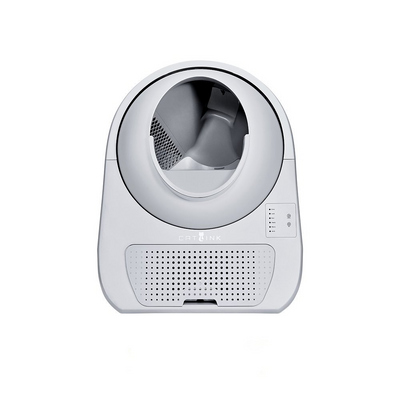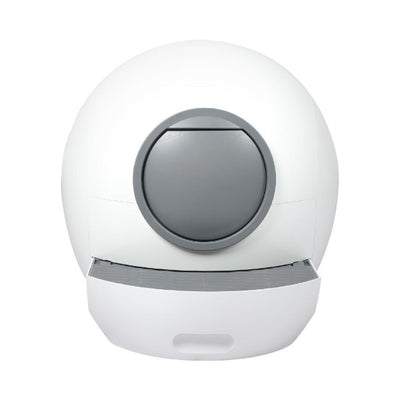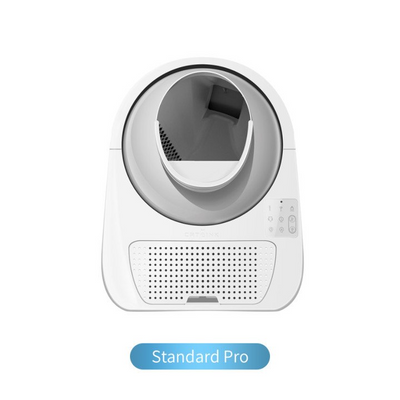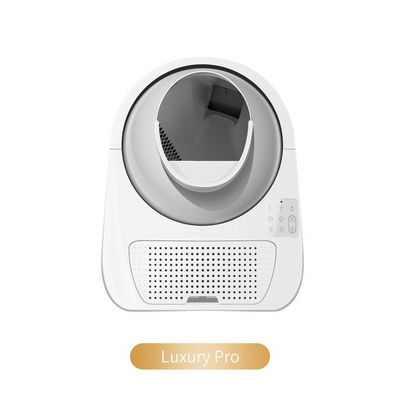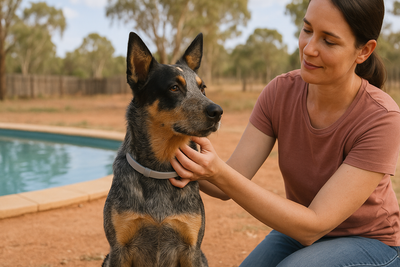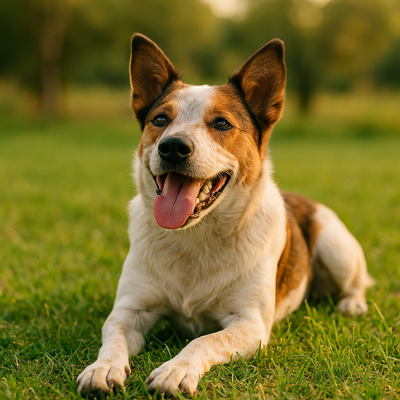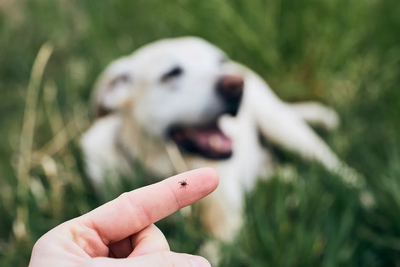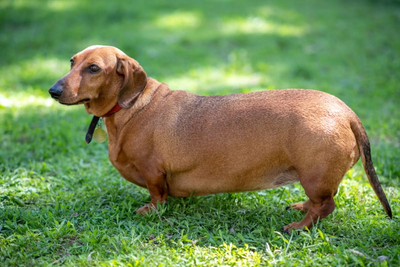Pet obesity is quietly becoming one of the most serious health concerns facing Australian cats and dogs today. Just like in humans, carrying extra weight can significantly reduce your pet’s quality of life and lifespan. According to the RSPCA and various veterinary studies, it's estimated that over 40% of Australian dogs and over 30% of cats are overweight or obese.
So, what’s driving this rise in pet obesity—and more importantly, how can you help your furry companion live a longer, healthier life?
🐾 What Is Pet Obesity?
Obesity in pets is defined as an excessive accumulation of body fat that impairs health. It’s more than just being "a little chubby." Obesity can lead to:
- Joint problems and arthritis
- Diabetes
- Heart and respiratory issues
- Decreased immune function
- Shortened lifespan
Why Is Pet Obesity So Common in Australia?
1. Overfeeding and Treat Culture
We love to spoil our pets with treats, table scraps, and generous portion sizes. Many owners aren’t aware that even a few extra biscuits can add up quickly—especially for smaller breeds.
2. Lack of Exercise
With many pets living indoors or in suburban homes, they’re simply not getting enough activity. Busy lifestyles mean fewer walks, less playtime, and less engagement overall.
3. Inappropriate Diets
Feeding pets low-quality foods or diets not tailored to their life stage, breed, or activity level can cause weight gain. Many commercial pet foods in Australia are high in fillers and calories.
🩺 How to Tell if Your Pet Is Overweight
The easiest way is the Body Condition Score (BCS). You should be able to:
- Feel—but not see—your pet’s ribs
- See a defined waist when viewed from above
- Notice a tucked-up belly when viewed from the side
If your pet looks more like a sausage than a sleek shape, it’s time to take action.
🐶🐱 Health Risks of Obesity in Dogs and Cats
Carrying extra weight puts enormous stress on your pet’s body. Common health issues in overweight pets include:
- Arthritis and joint pain
- Type 2 diabetes (especially in cats)
- Breathing difficulties
- Heart disease
- Skin conditions
- Increased risk during anaesthesia or surgery
✅ How to Help Your Pet Lose Weight Safely
1. Start With a Vet Check
Before beginning any weight loss plan, consult your local veterinarian. They’ll assess your pet’s weight, rule out underlying conditions, and provide a healthy weight goal.
2. Switch to a Weight Management Diet
Look for premium weight control foods—preferably Australian-made and vet-recommended. These formulas are lower in fat, higher in fibre, and help keep pets feeling full.
Pro tip: Avoid feeding low-quality supermarket brands. Choose from trusted Australian pet food providers and check for AAFCO approval.
3. Measure Every Meal
Stop free-feeding. Weigh out portions using a digital scale or measuring cup based on your vet’s advice—not just what’s listed on the packaging.
4. Cut Back on Treats
Treats should make up no more than 10% of daily calorie intake. Swap high-calorie treats for carrot slices, lean cooked chicken, or dental chews designed for weight control.
5. Increase Daily Activity
- Dogs: Add more walks, throw the ball, or try agility games in the yard.
- Cats: Use feather toys, laser pointers, or cat towers to encourage climbing and play.
6. Track Progress
Weigh your pet monthly. Some Aussie vet clinics offer pet weight clinics or support programs. Set realistic goals—aim for 1–2% weight loss per week.
🌿 Natural Supplements That May Help
Some owners find success using:
- L-carnitine: Aids fat metabolism
- Joint support supplements: Helps with mobility for overweight pets
- Probiotics and digestive enzymes: Supports gut health and digestion
Always consult your vet before introducing any new supplement.
📍 Australian Resources and Support
-
RSPCA Pet Health Hub
- Andala Pets & Rural stocks weight-conscious pet food and interactive toys to promote healthy activity
💬 Final Thoughts
If your pet is overweight, you’re not alone—and it’s not too late. With the right support, food, and activity, you can add years to your pet’s life and improve their comfort and happiness.
Start small, stay consistent, and most importantly—do it together.
